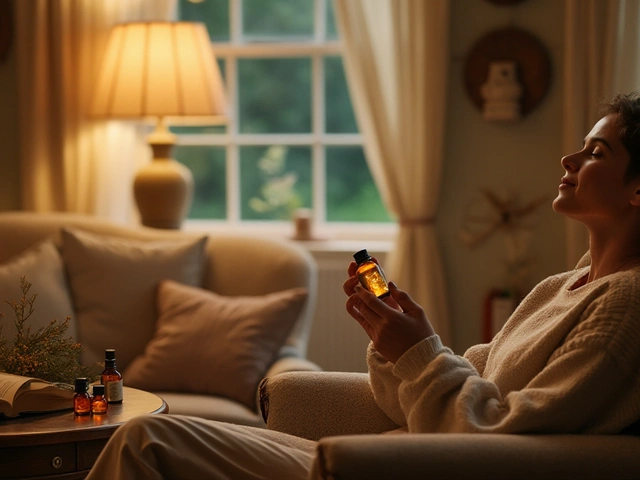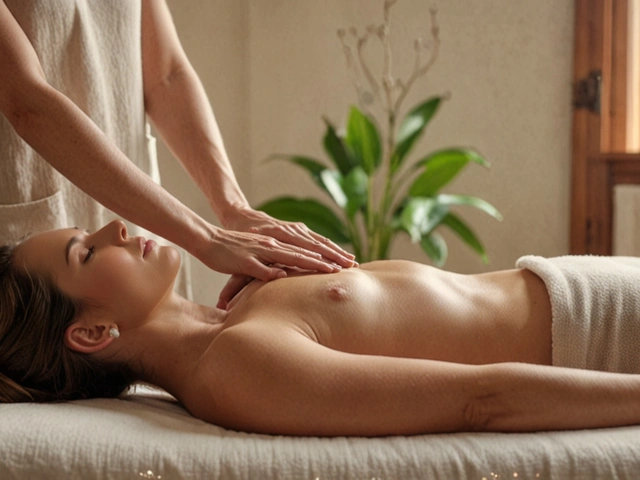Ortho-Bionomy: Gentle, Nervous-System Friendly Bodywork
Here’s a clear fact: you don’t always need force to fix pain. Ortho-Bionomy uses gentle positioning and small movements to reset the body’s reflexes and relieve tension. It’s safe, low-stress, and fits well with other hands-on methods like myofascial release or neuromuscular massage.
What Ortho-Bionomy actually does
Ortho-Bionomy works by changing how the nervous system holds tension. A practitioner uses light holds and careful positions. Those positions tap into reflex patterns that keep muscles tight or joints stuck. Instead of forcing a joint, the hand guides the body toward easier movement. For many people and animals, that means less pain and better range of motion without soreness after a session.
Think of it like pressing a reset button for the body’s protective reflexes. If someone or a dog guards a sore knee, Ortho-Bionomy helps the nervous system notice safety and let go. That makes it useful after sprains, for chronic tightness, and for gentle rehab after injury or surgery.
Practical tips for owners and therapists
If you’re a pet owner: look for calm, gradual techniques. Ortho-Bionomy sessions are quiet and non-threatening, which many dogs prefer to rougher manual work. Before a session, walk your dog to use up nervous energy. During a session, watch the animal’s breathing, eyes, and body language—softening and slower breathing usually means progress.
If you’re a practitioner: keep pressure light and moves small. Start by observing posture and natural rest positions. Use holds that feel comfortable to the client or animal. Check for changes in breathing and warmth—those are signs the nervous system is releasing. Combine Ortho-Bionomy with short massage strokes or myofascial work when you need deeper tissue change, but return to gentle positions to let the nervous system integrate the work.
Session length varies. For humans, 30–60 minutes is common. For animals, 15–40 minutes often works, depending on tolerance. Don’t expect instant miracles; some shifts happen right away, others need a few sessions spaced over days to settle.
When not to use it: avoid Ortho-Bionomy if a joint is unstable, if there’s a fresh fracture, or if a vet or doctor advises otherwise. Always combine it with medical advice for serious conditions. For chronic pain, pair Ortho-Bionomy with movement exercises, good sleep, and nutrition—bodywork helps, but it works best with basic health habits.
Ortho-Bionomy fits neatly into a low-stress recovery plan. It’s especially useful for people and pets who react poorly to aggressive therapy. Try a short session and watch for calmer breathing, easier movement, and less guarding. Small, gentle changes often lead to bigger improvements over time.

Ortho-Bionomy: How Your Body Heals Itself Through Gentle Movement
Ortho-Bionomy is a gentle, non-invasive bodywork method that helps your body heal itself by finding positions of comfort. It's effective for chronic pain, stress tension, and recovery without force or manipulation.

Unlocking Natural Relief: The Benefits of Ortho-Bionomy
Ortho-Bionomy is a gentle and effective bodywork therapy that focuses on self-correction through alignment and relaxation techniques. Rooted in osteopathy principles, it uses the body's own intelligence to reduce tension, improve circulation, and enhance overall well-being. As a non-invasive treatment, Ortho-Bionomy is suitable for a wide range of individuals seeking holistic approaches to pain management and stress relief. This article explores its principles, benefits, and practical applications, offering insights into how it can be a vital part of healing and wellness.




